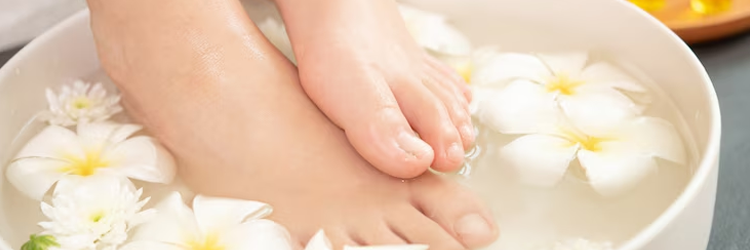A corn is a thickened, hardened layer of skin that forms as a result of continuous friction, pressure, or irritation on the skin, usually on the soles of the feet, toes, or hands. It occurs as a result of the body’s natural protective mechanism and can lead to pain, burning, and discomfort during daily activities. Wearing tight shoes, walking barefoot, choosing high heels, or engaging in repetitive physical movements can create the conditions for corn formation. Therefore, the question “What is a corn?” is important both aesthetically and health-wise.
The corn causes a thick, yellowish, and hardened texture that disrupts the natural structure of the skin. Initially painless, this hardness can deepen over time, applying pressure to the nerves under the skin, making walking, wearing shoes, or even touching the area difficult. Corns that form on the feet can grow larger due to the uneven distribution of body weight. If left untreated, deep corns can crack, increasing the risk of infection. This condition can lead to serious complications, especially for individuals with diabetes.
The primary cause of corns is prolonged and repetitive pressure on the skin’s surface. In response to this pressure, the body increases skin production in that area, resulting in a thickened layer over time. The difference between a corn and a wart or other skin lesions is that a corn typically has a central point of pressure in the area it forms. Also, itching is rarely observed in corns, while tenderness and deep pain are more pronounced when touched.
The first step in treating a corn is to eliminate the factors causing the pressure and friction. Wearing comfortable shoes, using cushioned insoles, or applying protective pads can stop the progression of the corn. In advanced cases, medical treatments under expert supervision, topical creams, or surgical procedures may be preferred. Early intervention can help relieve pain and protect skin health.
This content has been prepared based on the recommendations of Associate Professor Dr. Tuğba Falay Gür.










